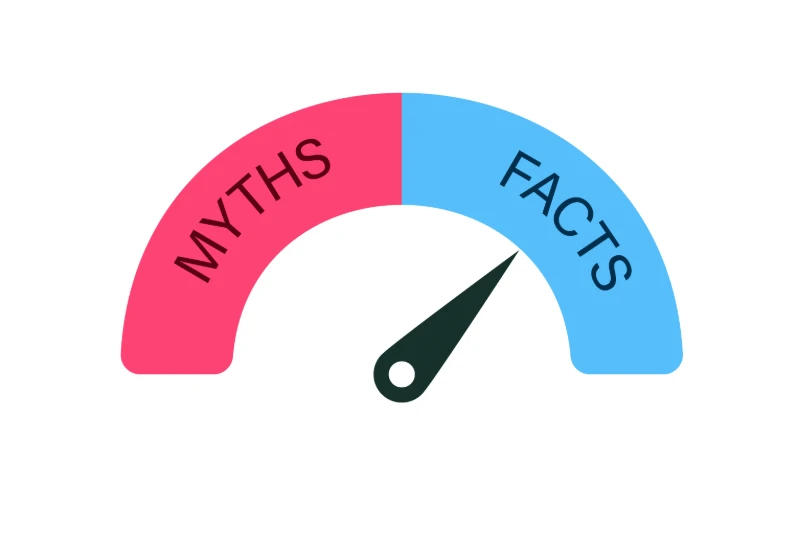When it comes to getting a mortgage, there’s no shortage of misinformation. Many homebuyers, especially…
How to Prepare for a Home Refinance
Refinancing your home can offer many benefits, but careful planning and strategy must ensure you get the maximum benefits possible. Here are some steps you can take to help you secure the best deal on your refinance:
1. Defining Your Goals: Understand what you want to achieve with your refinance. Are you looking to reduce your monthly payments or get a lower interest rate? Do you want to take cash out of your equity to invest in your business or consolidate debt? Knowing your goals will help you determine the best refinancing options.
2. Keeping Your Finances in Check: The better your financial situation, the better refinancing options you may have available. Ensure your credit score is high by avoiding missteps that might harm it. Review all your spending habits and eliminate any unnecessary expenses. Keep your debt-to-income ratio in check and avoid large purchases or decreases in income.
3. Preparing for the Approval Process: You must qualify for a refinance like when you got approved for your original mortgage. This means checking your credit, verifying your income and finances, and paying closing costs. Gather the documentation your mortgage advisor needs from you beforehand and be prepared for the closing costs.
4. Getting Ready for the Appraisal: In most cases, lenders require a new appraisal of your home to calculate its current market value. This appraisal will determine how much equity you have in your home, affecting your refinancing options. Keep your home in good condition to maintain its value, and pay the appraisal fee as part of your closing costs.
Let’s look at some quick tips for getting the highest appraisal you can:
Maintain, maintain, maintain!
Property values tend to increase with time, so if you’ve lived in your home for a few years (while maintaining it in good condition), there’s a good chance it’s gone up in value. That’s why keeping your home in good condition may be the #1 priority when maintaining or growing your property’s value.
Regular maintenance and upkeep will help prevent issues like water damage, pests, safety hazards, and other structural issues that might detract from your home’s value.
Most importantly, you should remedy potential health or safety issues, such as ensuring smoke and carbon monoxide alarms are working. If the appraiser notices safety hazards, this can cause problems with the appraisal process and cost you more if a reinspection is needed.
Tidy up
While appraisers are generally trained to look past the clutter, tidying up is still a good idea, especially if you have some clutter outside the yard, entryway, or common areas.
Tidying up before the appraisal will help you notice other issues you can quickly fix, like cracks to seal up, walkways to power wash, or signs of water damage.
Improve that curb appeal.
The exterior is the first thing your appraiser will see, so it doesn’t hurt to give them a great first impression.
Investing in significant landscaping updates, such as retaining walls or a paver for the patio, can increase your home’s value. But you don’t have to take on big-budget landscaping projects to add curb appeal. Mowing the lawn, trimming plants, and power washing walkways can make a big difference.
Minor updates
Replacing any loose door knobs and lighting fixtures, fixing any broken tiles, or repainting that front door are all sorts of small (but mighty) improvements that can positively impact the appraiser’s valuation.
Ask your neighbors!
Doing your research online is one thing, but doing some hands-on research in your local area might give you an upper hand.
You will have neighbors in your area who have maintained or updated their homes. Many of them may have gone through the appraisal process themselves. Getting feedback from your neighbors could give you insights into what the appraisers in your local area are explicitly looking for.





